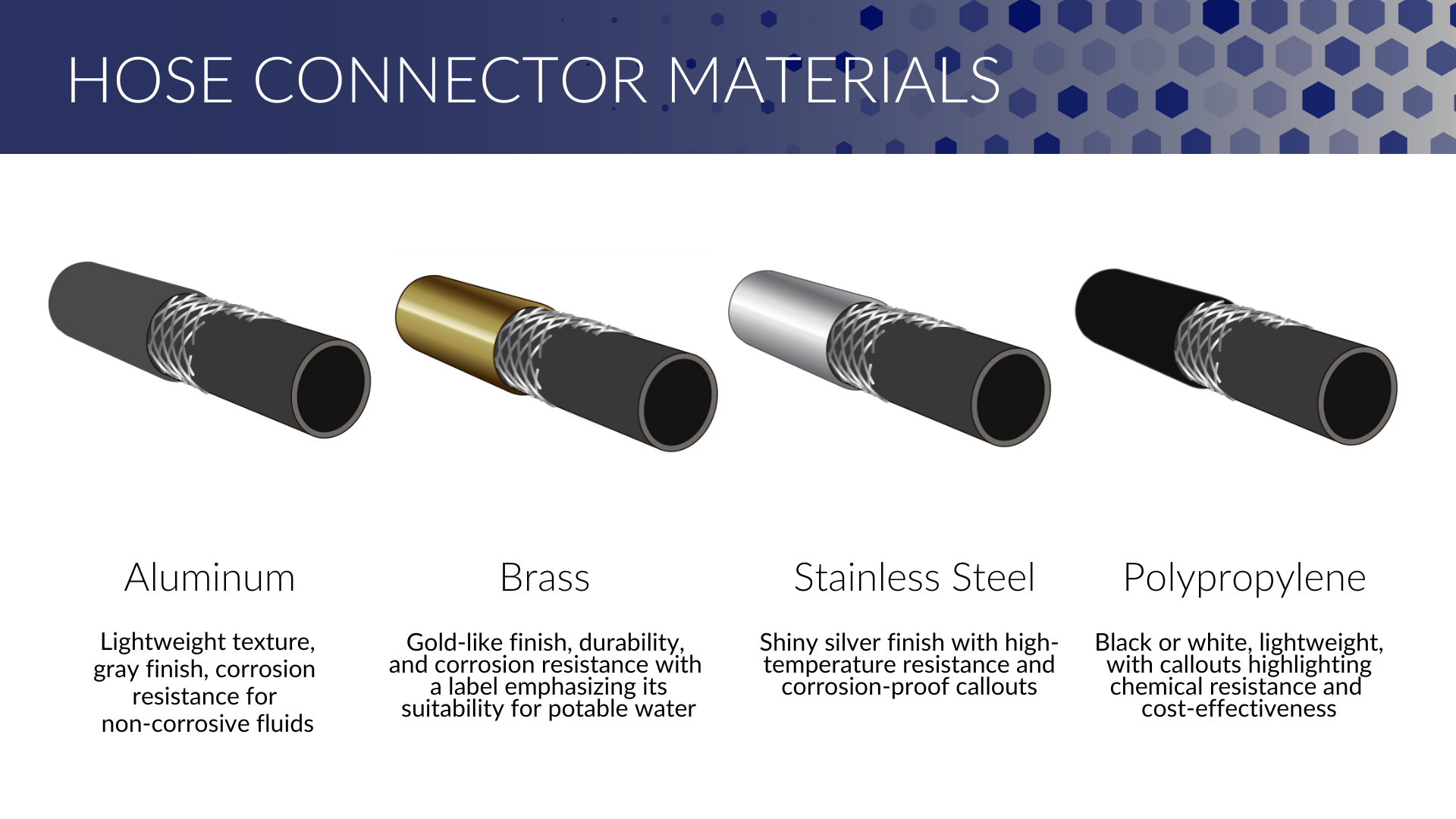Hose Connections 101: Types, Uses, and Best Practices for a Secure Fit

Hose connections play a vital role in fluid transfer systems across multiple industries. Whether in construction, agriculture, chemical processing, or residential plumbing, understanding hose connections ensures safety, efficiency, and durability. This guide covers key aspects of hose connections, including installation techniques, operational principles, and the types and applications of nipples and fittings.
Installation and Operation of Hose Connections
Proper Installation Techniques
Correctly installing hose connections is crucial for leak-free and long-lasting performance. Here are the essential steps for installing Cam & Groove fittings:
Inspect Components
Ensure fittings are undamaged and free from cracks.
Verify seals or gaskets are intact and compatible with the fluid type.
Prepare the Hose
Trim the hose end for a clean, square cut.
Use a precision hose cutter to prevent jagged edges that may compromise the seal.
Attach the Fitting
Insert the Cam & Groove fitting fully into the hose.
Secure with the appropriate clamp (band clamp, worm drive, or Crimplok ferrule) based on pressure requirements.
Test the Connection
Pressurize the system gradually and check for leaks.
Use soapy water for detecting small air leaks in compressed systems.

Best Practices for Hose Connection Operation
Understanding operational principles is key to maintaining system efficiency and safety:
Pressure and Flow Management
Always operate within the manufacturer’s pressure ratings.
Install pressure relief valves to prevent sudden pressure surges.
Seal and Gasket Maintenance
Regularly inspect gaskets for wear and tear.
Ensure seals are properly seated to avoid leaks.
Temperature Considerations
Use heat-resistant materials for high-temperature applications.
Prevent brittleness in freezing conditions by selecting appropriate hose materials.
Minimizing Vibration and Movement
Install support brackets to stabilize hose connections.
Use flexible assemblies with swivel joints in high-movement applications.
Environmental Factors
Choose corrosion-resistant materials for harsh environments.
Use UV-resistant coatings for outdoor applications.
Introduction to Hose Connections
Understanding Hose Connections
Hose connections ensure secure and efficient fluid transfer between hoses, pipes, and system components. The choice of material impacts durability and performance:
Aluminum – Lightweight, corrosion-resistant, ideal for low-pressure systems.
Brass – Durable with excellent corrosion resistance, commonly used for potable water.
Stainless Steel – High resistance to corrosion and heat, used in food-grade and industrial applications.
Polypropylene – Cost-effective and lightweight, suitable for chemical applications.
Key Types of Hose Connections
Cam & Groove Fittings – Quick-connect fittings used in agriculture, petroleum, and chemical industries.
Combination Nipples – Simple connectors for general-purpose fluid transfer.
Hose Menders – Used for repairing or extending hose segments.


Types and Applications of Nipples and Fittings
Types of Nipples
Nipples serve as connectors within fluid systems. Each type offers unique advantages:
Close Nipples – Fully threaded and space-saving, ideal for compact installations.
Hex Nipples – Feature a hexagonal center for easy wrench grip, used in HVAC and fuel systems.
Barrel Nipples – Longer and threaded on both ends, commonly used in irrigation and industrial fluid transport.
Swaged Nipples – Used to transition between different pipe sizes while minimizing pressure drop.
Chrome-Plated Nipples – Aesthetic and corrosion-resistant, ideal for plumbing fixtures.
Conclusion
Mastering hose connection installation, operation, and component selection is essential for maintaining efficient and leak-free fluid systems. By following proper techniques, understanding operational challenges, and choosing the right fittings, users can ensure safety and reliability in diverse applications.
